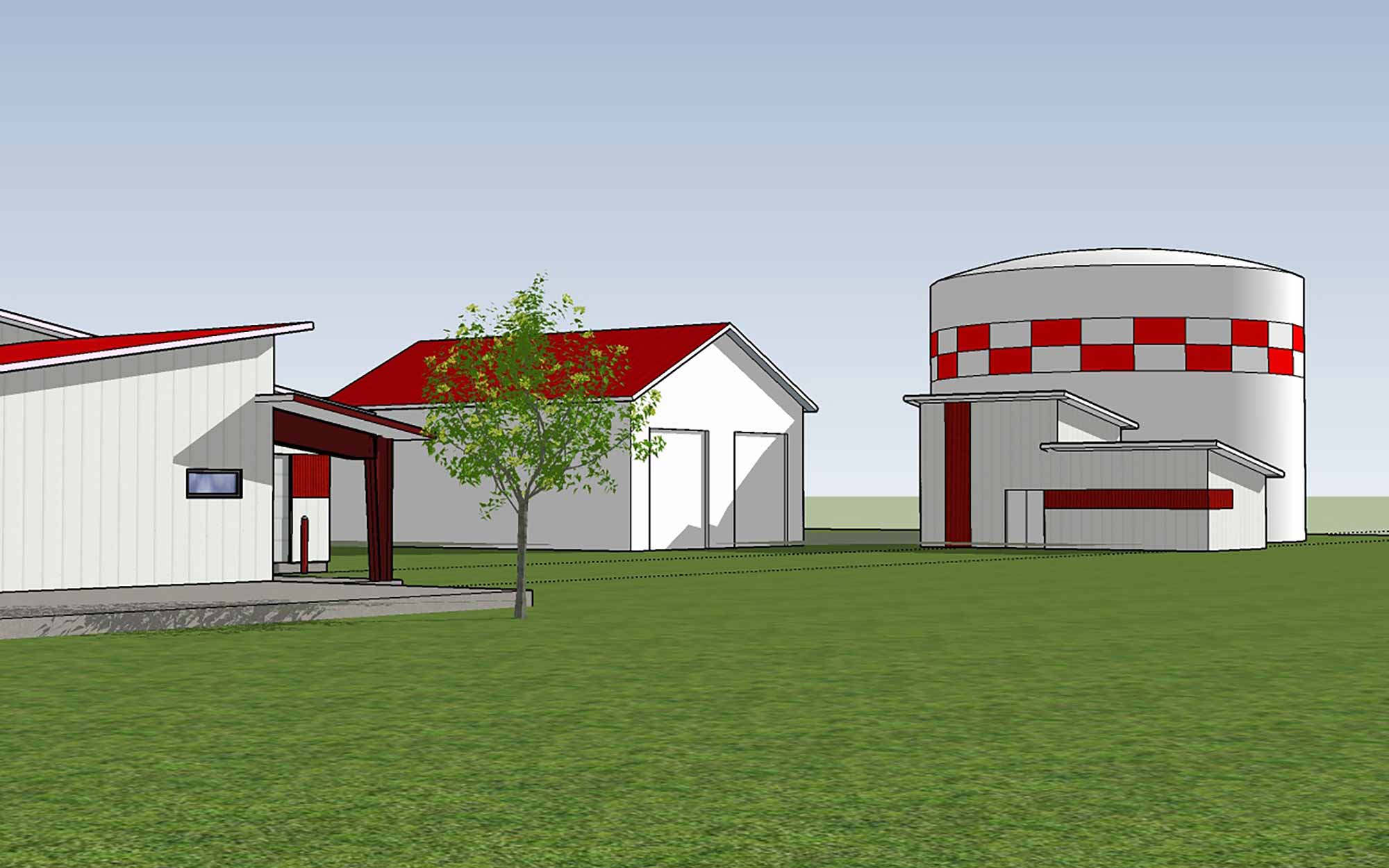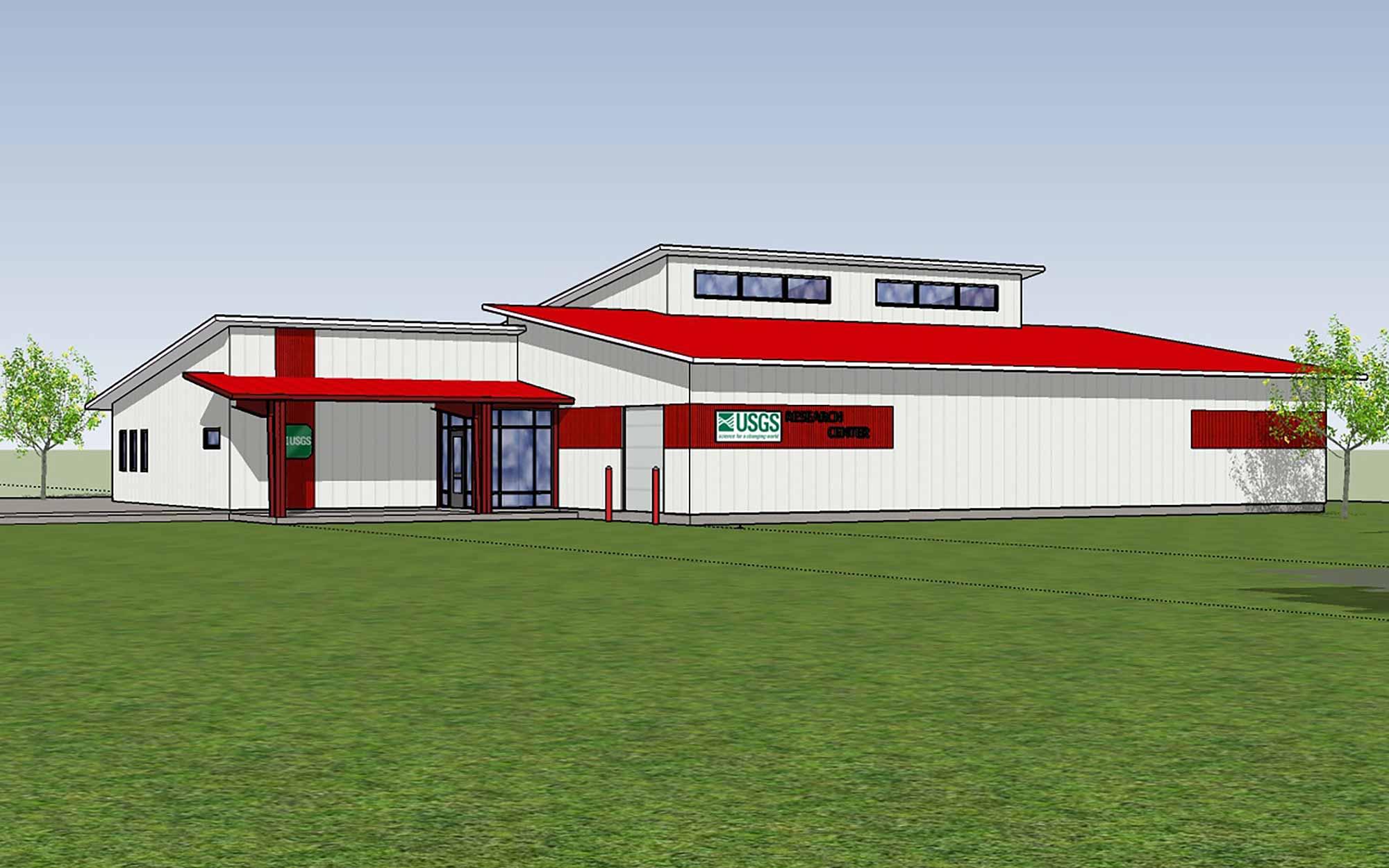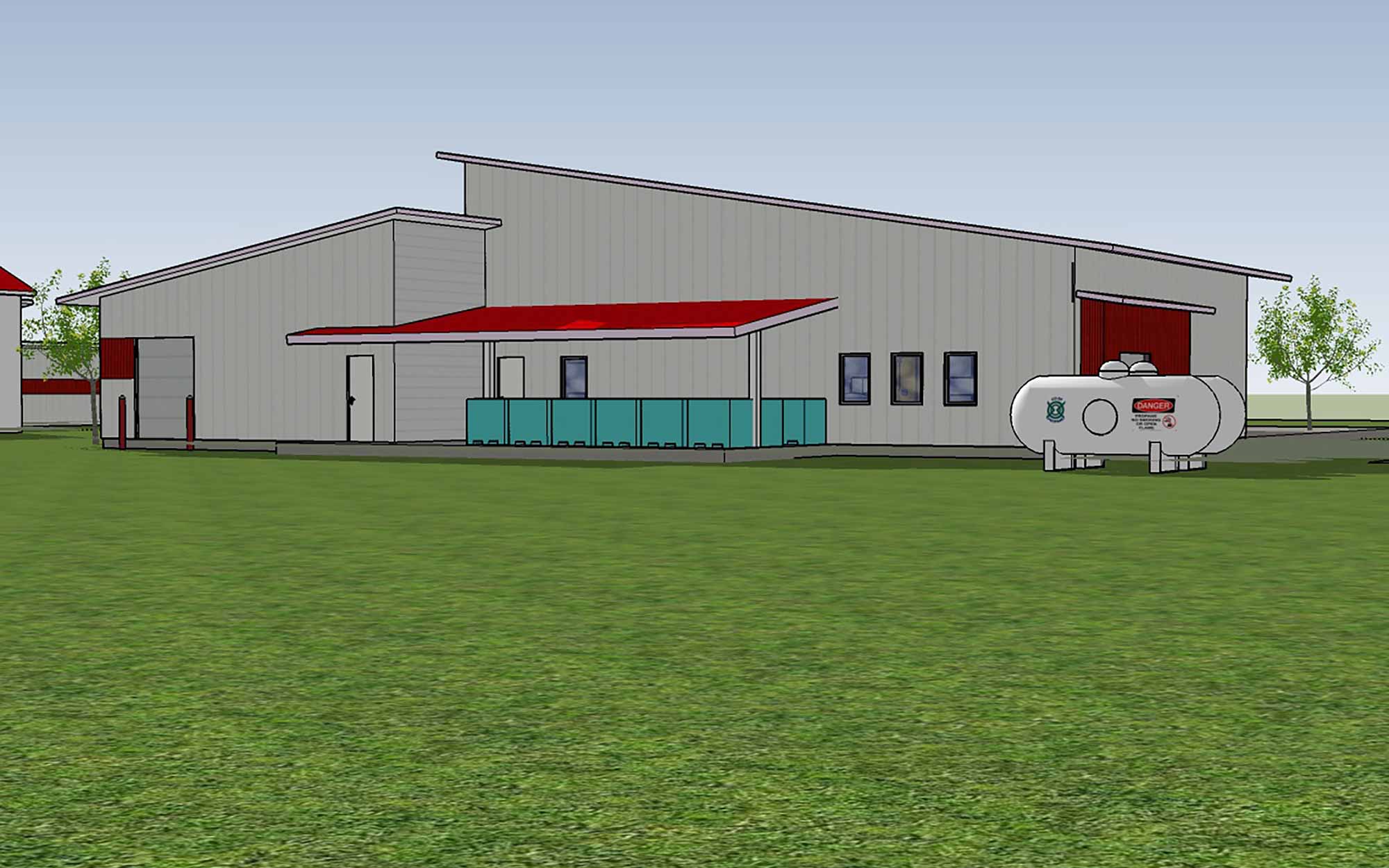Hammond Bay Biological Station Planning Study
The mission of the Hammond Bay Biological Station in Millersburg, MI, is research and testing for control of sea lamprey, an invasive species in the Great Lakes. The station consists of several buildings on a 59-acre site located on Lake Huron. Built in 1879, the original 1,950 sq. ft. facility has been sequentially expanded as needs changed and funding for expansion became available. Having grown to 10,400 sq. ft. in size, the facility was outdated, did not comply with accessibility and building codes, was energy-inefficient, and had physical constraints non-conducive to progressive science in both the lab and field.
Cushing Terrell designed a new 10,000 sq. ft. lab building with an 800 sq. ft. pumphouse and a one million-gallon water tank to provide laboratory and heating water to the new building. The new facility includes wet labs, dry labs, two raceways, UV treatment of both incoming and outgoing water, and an energy-efficient heat pump system to not only heat the building but provide controllable lab water for experiments. The project includes a new 12-in. waterline that extends a half-mile into Lake Huron to provide water to the tank.
AGENC(IES) SERVED
US Geological Survey (USGS)
LOCATION
Millersburg, MI
SERVICES
Architecture
Civil Engineering
Electrical Engineering
Mechanical Engineering
Structural Engineering
Interior Design
Land Surveying




